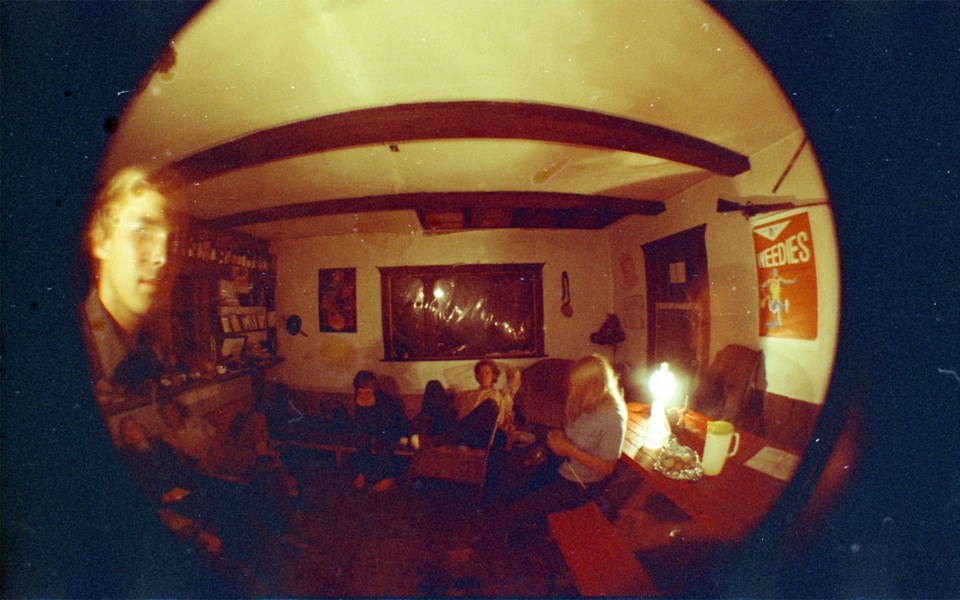Looking back at the early days of skiing in Whistler might make you long for a time when life seemed simpler and cheaper. Living in the valley in the 1960s, however, was challenging for residents, including those living in buildings like the original Toad Hall.
The first Toad Hall was originally the home of Alf and Bessie Gebhart. They moved their family to Alta Lake in 1936 when Alf purchased a sawmill and lumber camp. After operating the mill for some years, Alf built a house by Nita Lake in the 1950s.
Unlike many structures built around Alta Lake at the time, the Gebharts' was more of a house than a cabin or cottage. It had four bedrooms (two downstairs and two upstairs), a living room, a kitchen, an adjoining breakfast room and it included a basement with thick walls of stone.
Alf and Bessie remained in the house until their sawmill closed and they moved out of the valley. Their son Howard and his wife Betty then took up residence while Howard worked for the railway before they, too, left the valley. The house was then sold to Charles Hillman who rented it out through the 1960s.
Without the mill, it's not that surprising the Gebharts chose to leave the house by Nita Lake, especially over the winter. According to John Hetherington, an early resident of the house when it was known as Toad Hall in the late 1960s, the house could best be described as "cooold." Fittingly for the owner of a sawmill, the house was built of wood and used sawdust for the insulation. Unfortunately, as Hetherington pointed out, "what happens with sawdust is it all settles down into the bottom, in between the studs, and provides no insulation whatsoever." The old, single-pane windows didn't help retain heat either.
Hetherington and three other Whistler Mountain employees, Jim Burgess, Drew Tait and Mike Wozniacki, moved into the house the winter of 1967-68. Luckily for the four, they got their firewood split and stacked the day before the snow came that year as the wood became their main source of heat.
The house came with a woodstove, a furnace in the basement and a fireplace, all of which shared the same chimney. For their first winter in the house, the four covered the windows with plastic and slept in sleeping bags on cots in the large upstairs bedroom, which the chimney ran through providing some radiant heat.
Though at first the woodstove was used mainly for heat, the four also began learning to cook on it. Food was kept in the walk-in fridge and freezer at the lift company in Creekside or else sat through the temperature fluctuations of the kitchen.
In an effort to keep warm, they would throw occasional parties when, with most of the people in the valley inside the house and the fireplace and woodstove going, it would "get warm for a few hours," said Hetherington.
These parties also highlighted another challenge of life at Toad Hall—there was no electricity. Tait had a stereo system (a turntable and two speakers), but in order to use it a generator had to be borrowed and a mechanic friend had to be invited over to keep it running. Light was provided by kerosene-burning Coleman lamps.
After a season or two, all four of these residents moved on from the house, leaving it to other residents until its owner decided to take possession. Despite needing "a sawmill to keep the place heated," Toad Hall was considered a "sort of legitimate place to live" at a time when there were not many places to live in the valley, said Hetherington.




